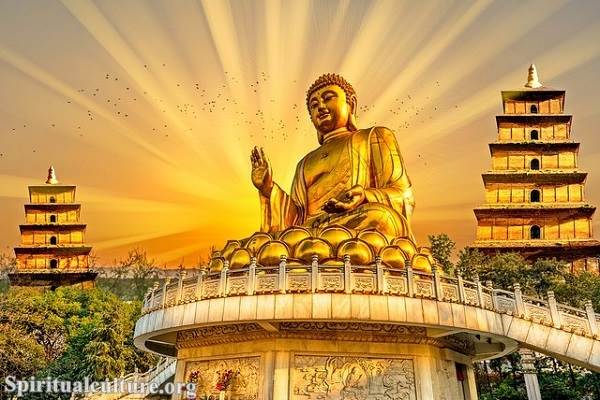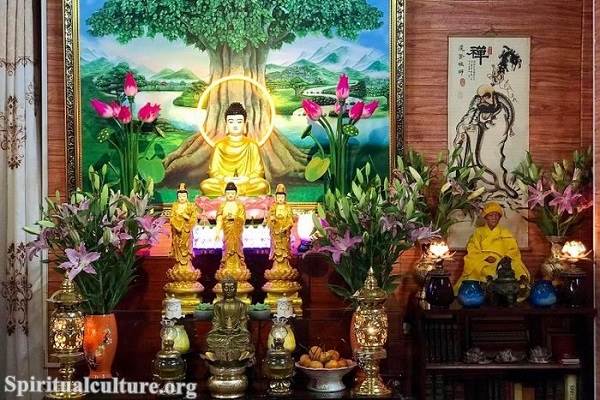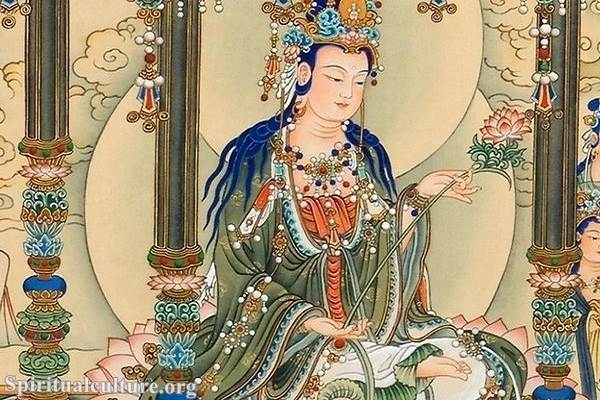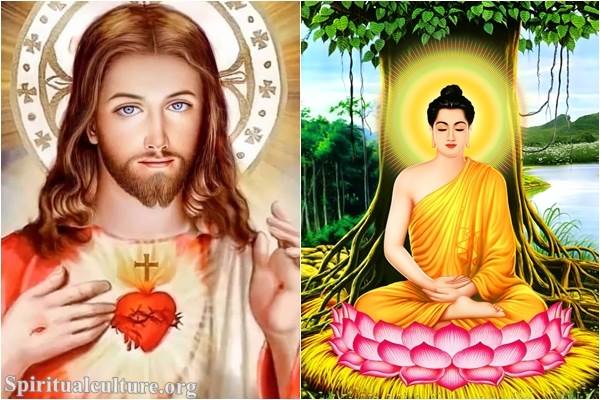I. What is the holy book of Buddhism?
The holy book of Buddhism is called the Buddhist canon or the Tripitaka. It is a collection of texts that contain the teachings of the Buddha. The canon is divided into three parts: the Sutras (teachings), the Vinaya (monastic rules), and the Abhidharma (philosophical treatises). These texts are considered sacred by followers of Buddhism and are used as a guide for spiritual practice and understanding.
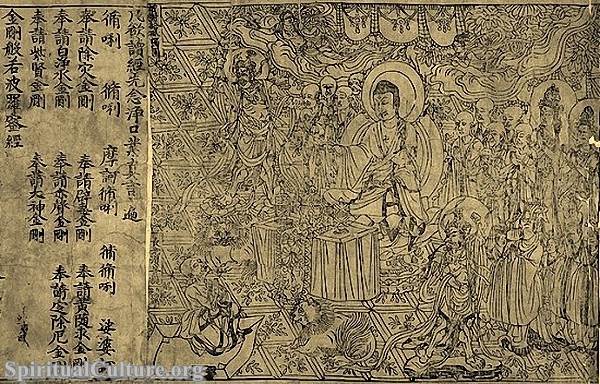
II. The Buddhist canon – the Tripitaka
The Buddhist canon, also known as the Tripitaka, is considered the holy scripture of Buddhism. It is a collection of texts written in Pali, Sanskrit, and other languages, containing the Buddha’s teachings and principles. The canon is divided into three parts:
1. The Sutras
This section includes the discourses of the Buddha, which cover a wide range of topics such as morality, meditation, and the nature of reality. The most famous sutra is probably the “Heart Sutra,” which is widely studied and recited in Mahayana Buddhism.
2. The Vinaya
This section contains the monastic rules and regulations for ordained monks and nuns. It covers topics such as ordination, discipline, and the daily routines of monastic life.
3. The Abhidharma
This section includes philosophical commentaries and analytical treatises on various aspects of Buddhist doctrine. It covers topics such as the workings of the mind, the nature of reality, and the path to enlightenment.
The canon is considered the authoritative source of Buddhist teachings and is revered by followers of Buddhism. Different sects of Buddhism may emphasize different parts of the canon, but the canon is considered the foundation of Buddhism.
